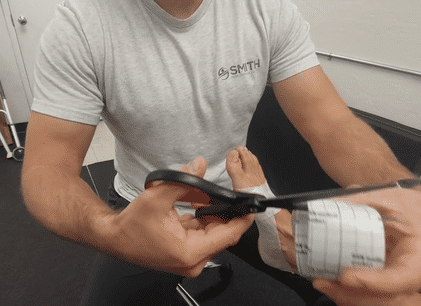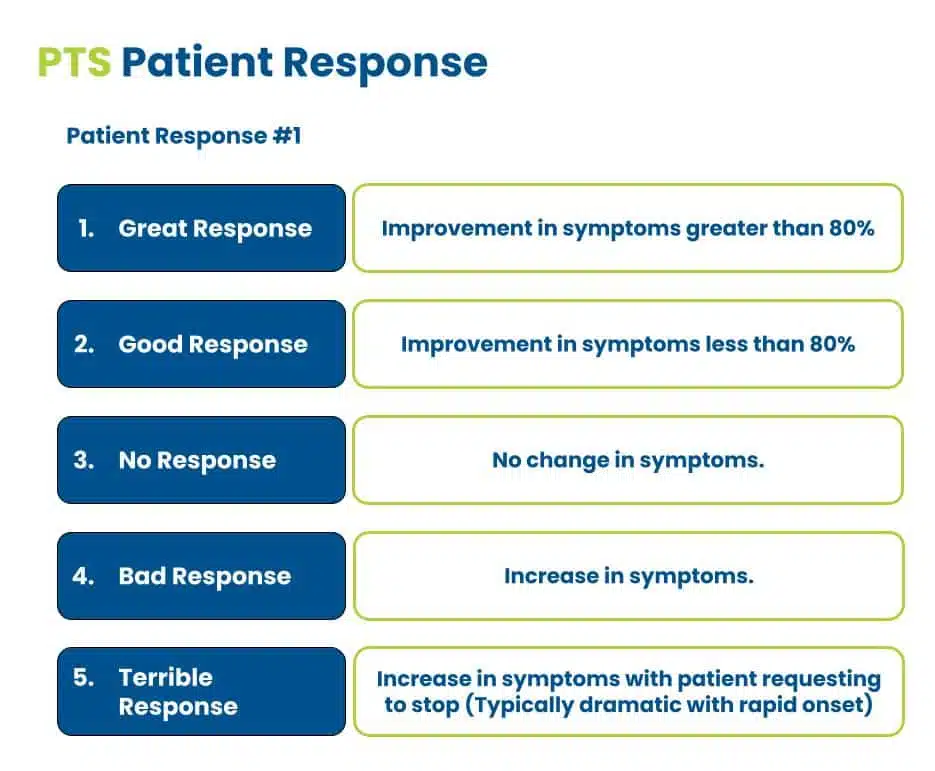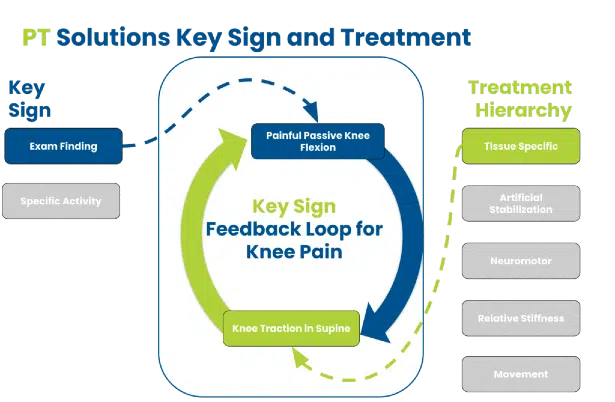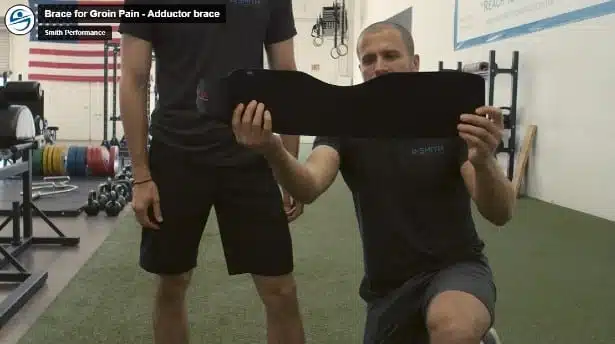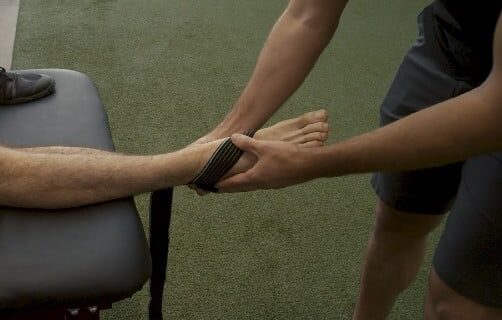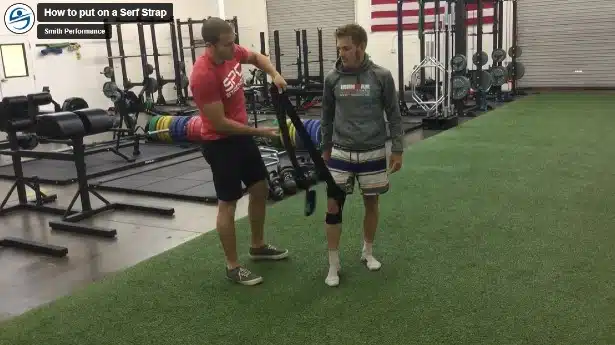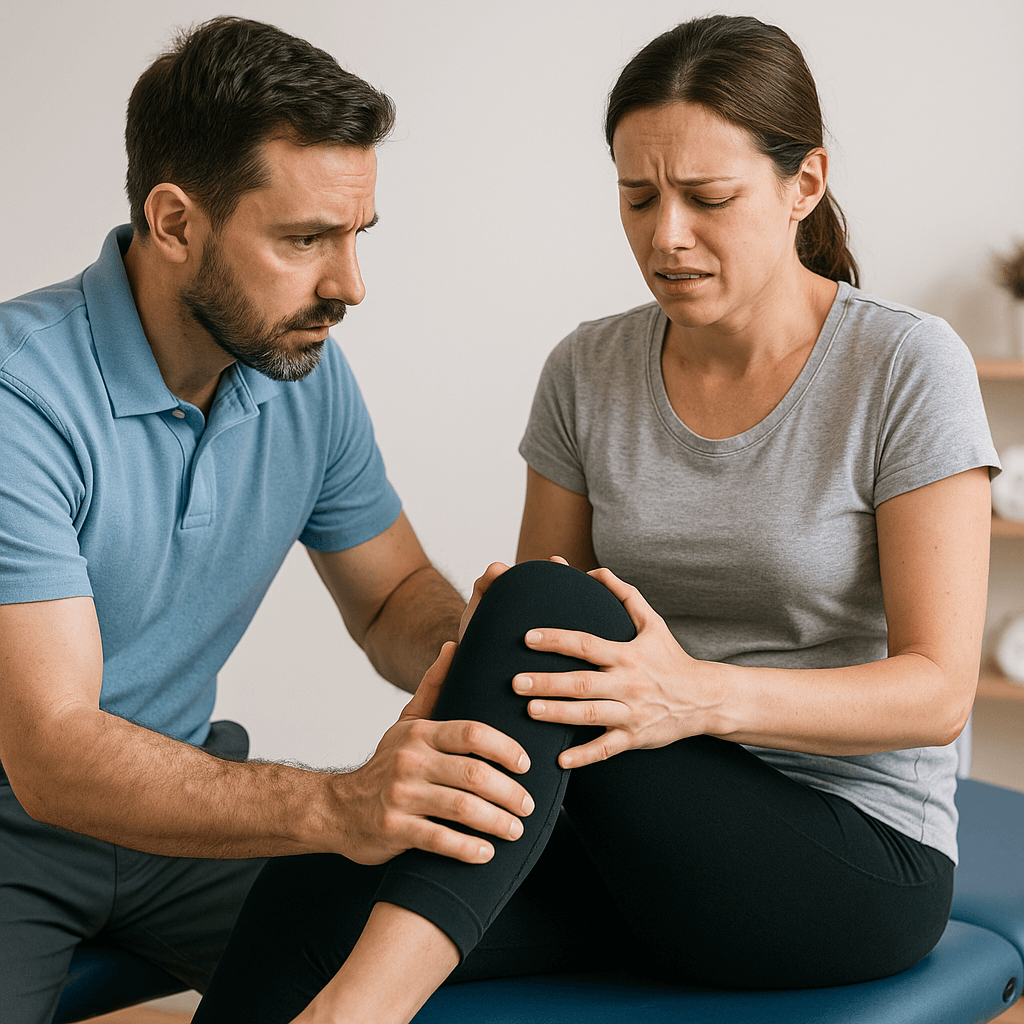
How to Find the Real Cause of Pain: Our 4-Pillar Diagnosis Process
If you are trying to find the cause of pain that keeps returning, you are not alone. Many people are given quick labels like tendonitis or a pinched nerve and told to rest but that often does not solve the real issue. At Smith Performance Center, we go deeper than a label. We use a system called the 4 Pillars of Diagnosis to understand the real problem and build a clear path to recovery. Each pillar gives us critical information about what is causing your symptoms, how your body is functioning, what helps, and what triggers setbacks. It is the difference between a guess and a plan that works. 1. Structural Diagnosis: What Might Be Injured? This is the traditional starting point in most evaluations. We identify what structure might be involved—whether it is a tendon, joint, ligament, nerve, or muscle. We use hands-on testing, functional movements, and your medical

